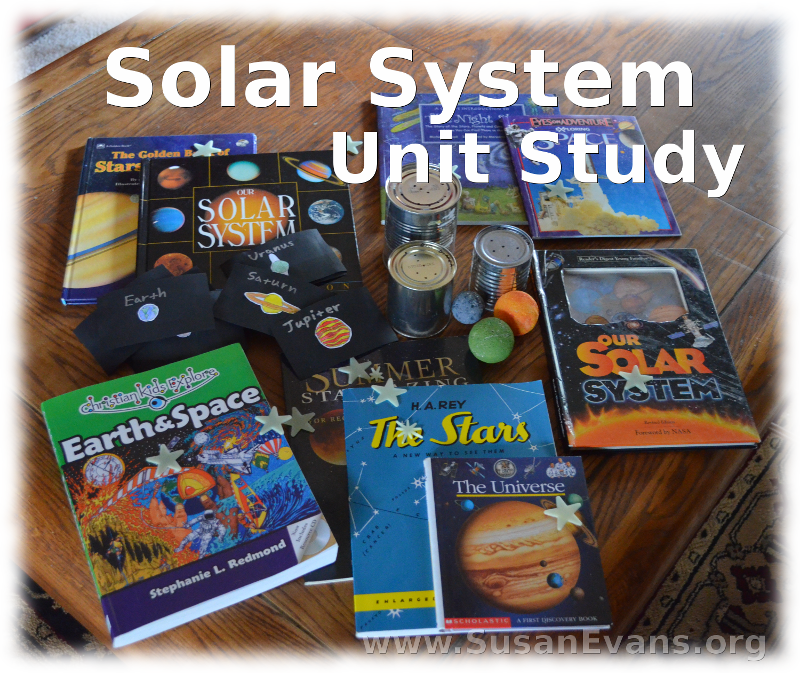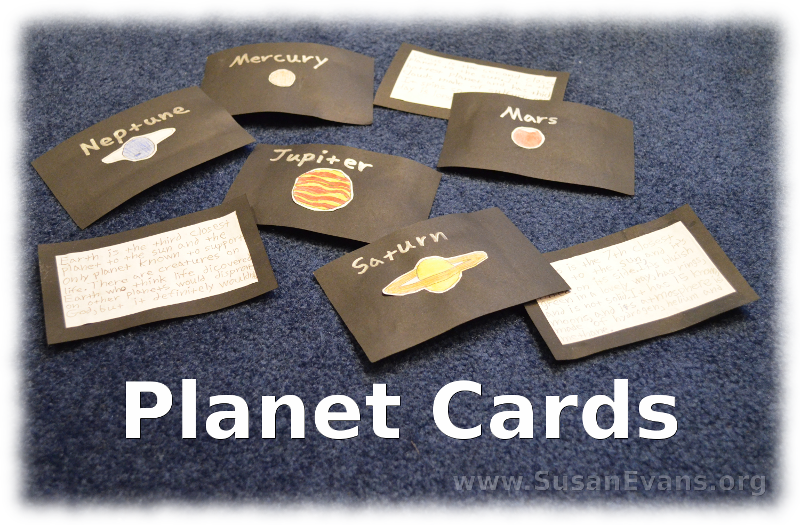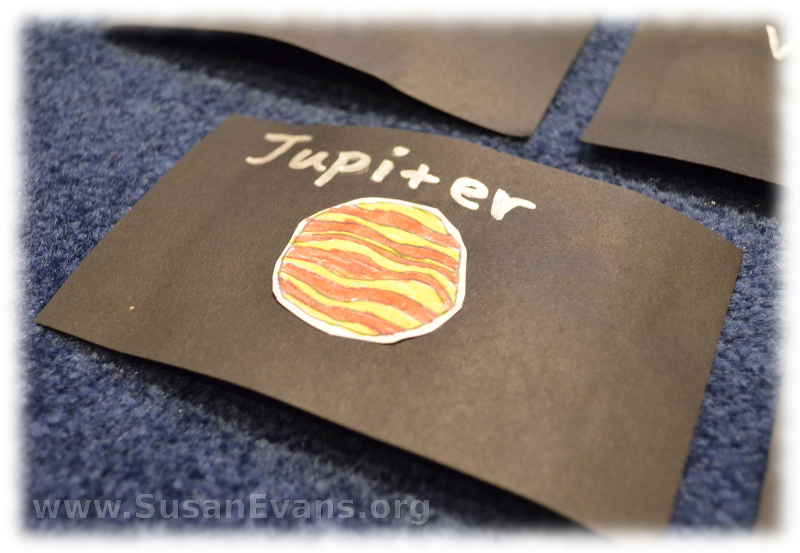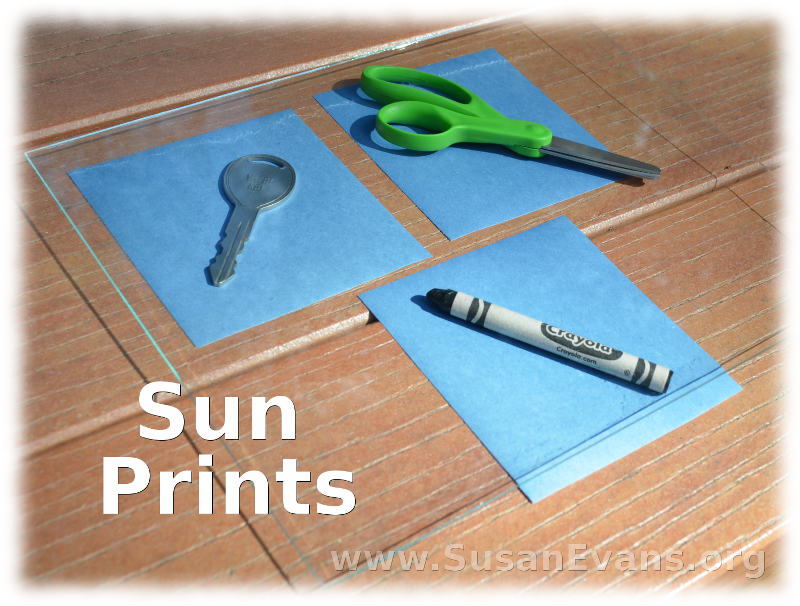 This post contains affiliate links. I was compensated for my work in writing this post.
This post contains affiliate links. I was compensated for my work in writing this post.
We did a super fun solar system unit study during the past month, and these are the hands-on activities that we did. As we were doing the last four chapters in Earth and Space by Bright Ideas Press, we came across the brilliant idea to make our own planet cards. The book recommends using 3 by 5 cards, and there is no reason why you can’t cut these out from black card stock paper so that the planets are pasted against a black sky. You draw the planets on one side of the card, and you write a description of each card on the other side.
Be sure to check out plenty of planet books from the library so that your kids can do research on each planet. We also had a DVD about the planets, which my kids have enjoyed over the years.
You can make model planets with styrofoam balls, painting them in bright colors. We did this years ago, and I used a sewing needle to stab into the ball’s edge in order to hang them up in my sons’ bedroom.
Go to a planetarium if you can, so that you can get a description of what the universe looks like. You will also want to go to an observatory to see the far reaches of space. At the very minimum, you should go stargazing out in the country. Try to pick out the constellations. Here is a description of how to go stargazing:
You can also make tin can constellations. I give you a description of how to do this in the demonstration video at the bottom of this post.
Besides the planets and stars, you will want to study the sun. There is one chapter in the Earth and Space book about the sun, giving a rich description of the center of our solar system. The hands-on project for that chapter was to make sun prints. You will have to watch the following video to see how we make the sun prints. Or you can read about how we made sun prints several years ago:
Here is a demonstration video for our solar system unit study:
We have enjoyed using Earth and Space by Bright Ideas Press this year. Why not pick up a copy of the book for your science curriculum next year? You will love it!






